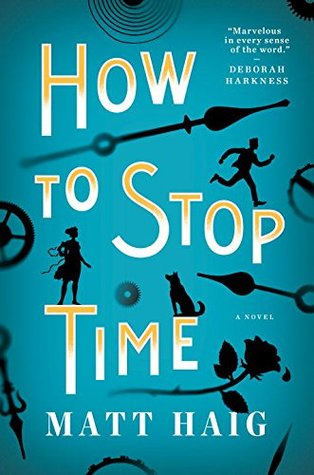The titles are listed below and are mostly novels, but also include art and historical fiction, art history, photography and short stories. In an attempt to make this post useful to readers, I’ve created sections to group the books. Not all of the books I read during 2014 were released in 2014. A full list of titles appears at the end of the post.
My four favorite books:
-

-
A Marker to Measure Drift – Alexander Maksik
-

-
Sad Peninsula – Mark Sampson
-

-
The Anatomy Lesson – Nina Siegal
-

-
Decompression – Juli Zeh
A Marker to Measure Drift – A Liberian refugee in her mid-20’s is starving as she tries to make a new life in the Greek Isles.
Sad Peninsula – A Canadian ESL teacher in South Korea learns about the Japanese occupation during World War II and Korean comfort women.
The Anatomy Lesson – In 1600’s Amsterdam, Rembrandt paints his masterpiece of a human dissection.
Decompression – A German writer and soap star take a vacation to the Canary Islands to learn scuba diving.
After those four, my next five favorite books:
-

-
Hikikomori and the Rental Sister – Jeff Backhaus
-

-
The Silence of the Wave – Gianrico Carofiglio
-

-
A Hologram for the King – Dave Eggers
-

-
The Book of You – Claire Kendal
-

-
The Year of the Hare – Arto Paasilinna
Hikikomori and the Rental Sister – A man has made his room a prison that he will not leave so his wife hires a Japanese rental sister to coax him out.
The Silence of the Wave – An Italian detective has suffered a breakdown after many years undercover, but things look up when he meets a lady.
A Hologram for the King – A failing business man is sent to Saudi Arabia to broker an IT deal with the king.
The Book of You – An English woman is relentlessly stalked by a fellow university employee.
The Year of the Hare – A man quits his job and leaves his wife and life to spend a year wandering Finland with a hare as his companion.
Four books that should have been better:
-

-
Shotgun Lovesongs – Nickolas Butler
-

-
The Last Magazine – Michael Hastings
-

-
Colorless Tsukuru Tazaki and His Years of Pilgrimage – Haruki Murakami
-

-
October – Zoe Wicomb
Shotgun Lovesongs – High school friends are reunited in smalltown Wisconsin for a wedding.
The Last Magazine – An intern watches a journalist’s career being shredded to protect the magazine.
Colorless Tsukuru Tazaki and His Years of Pilgrimage – A Japanese man living a quiet life learns the stories that ripped his high school friends away from him.
October – A South African woman returns home after years abroad to face the trials that have torn her family apart.
Five books that were a waste of my time:
-

-
Notes from the Internet Apocalypse – Wayne Gladstone
-

-
Rude Bitches Make Me Tired – Celia Rivenbark
-

-
The Transcriptionist – Amy Rowder
-

-
Monster’s Chef – Jervey Trevalon
-

-
The Way Inn – Will Wiles
Notes from the Internet Apocalypse – The internet goes out and a man searches for a way to restore it.
Rude Bitches Make Me Tired – A lady rants about habits of others that she considers rude and annoying.
The Transcriptionist – A newspaper transcriptionist becomes obsessed with a story about a blind woman being mauled to death by lions.
Monster’s Chef – An ex-convict is hired as the personal chef for a famous musician.
The Way Inn – A man discovers that his hotel is a gateway to accessing the whole world.
—
All titles appear in alphabetical order by author’s last name. Title links are to book reviews I’ve written. I’ve placed an asterisk by the names of authors whose work I had previously read. I’m happy to answer any questions about these books or provide suggestions for further reading if there’s a certain title you particularly enjoyed.


 At over 680 pages, this tome may be daunting, but the story is well worth your time. More like Murakami’s earlier writings, specifically
At over 680 pages, this tome may be daunting, but the story is well worth your time. More like Murakami’s earlier writings, specifically  Imagine living for hundreds of years, but aging very, very slowly. Haig’s most recent novel,
Imagine living for hundreds of years, but aging very, very slowly. Haig’s most recent novel,  Somewhat surreal,
Somewhat surreal,  As Atogun’s debut novel,
As Atogun’s debut novel,  At the opening of
At the opening of 



















